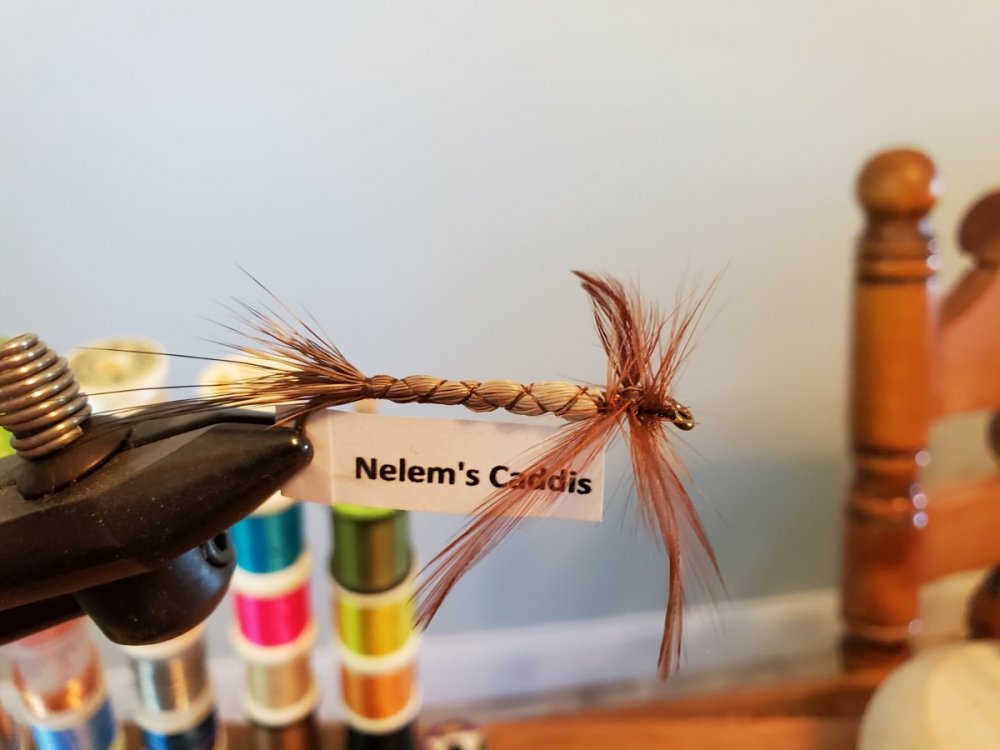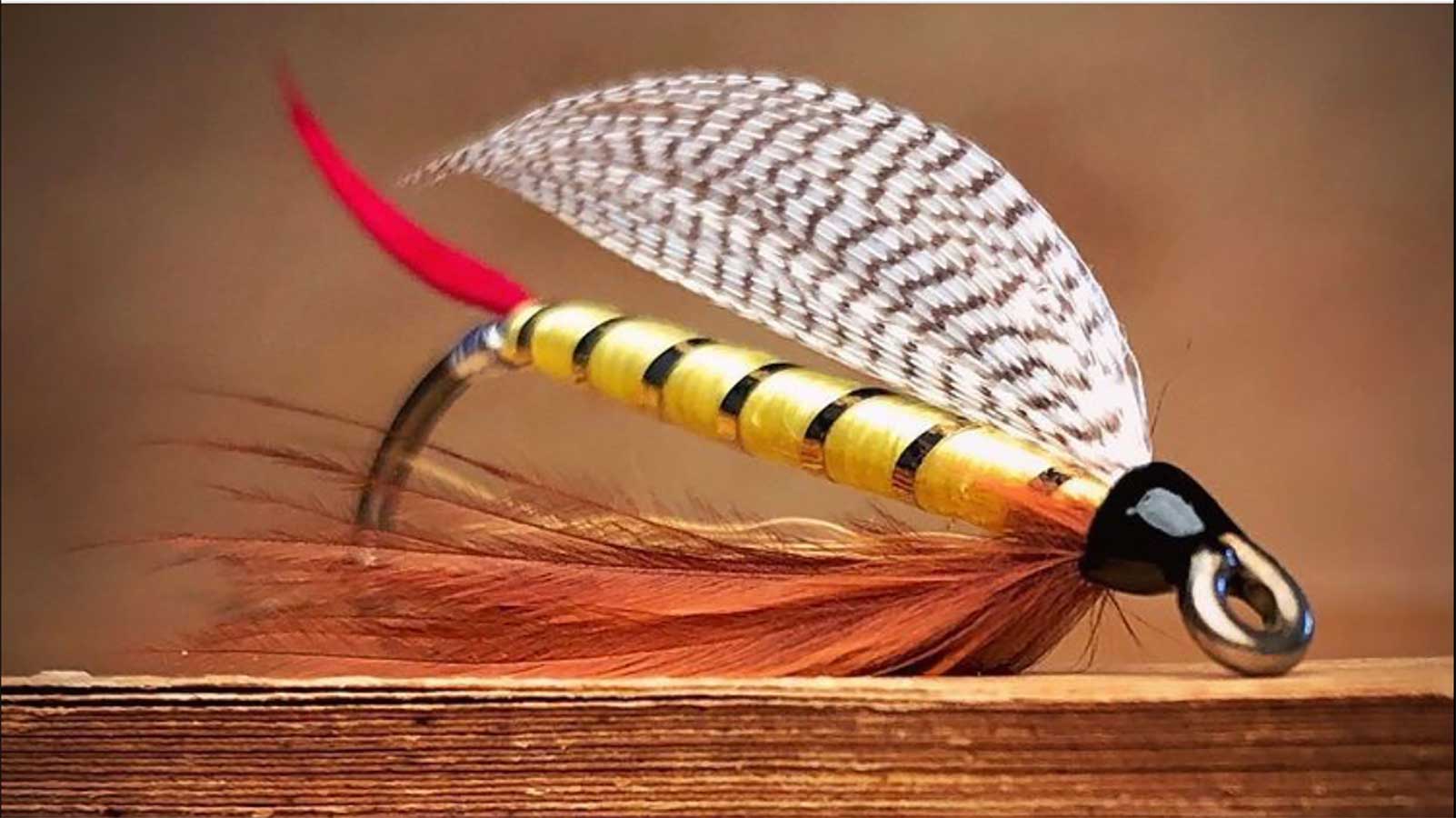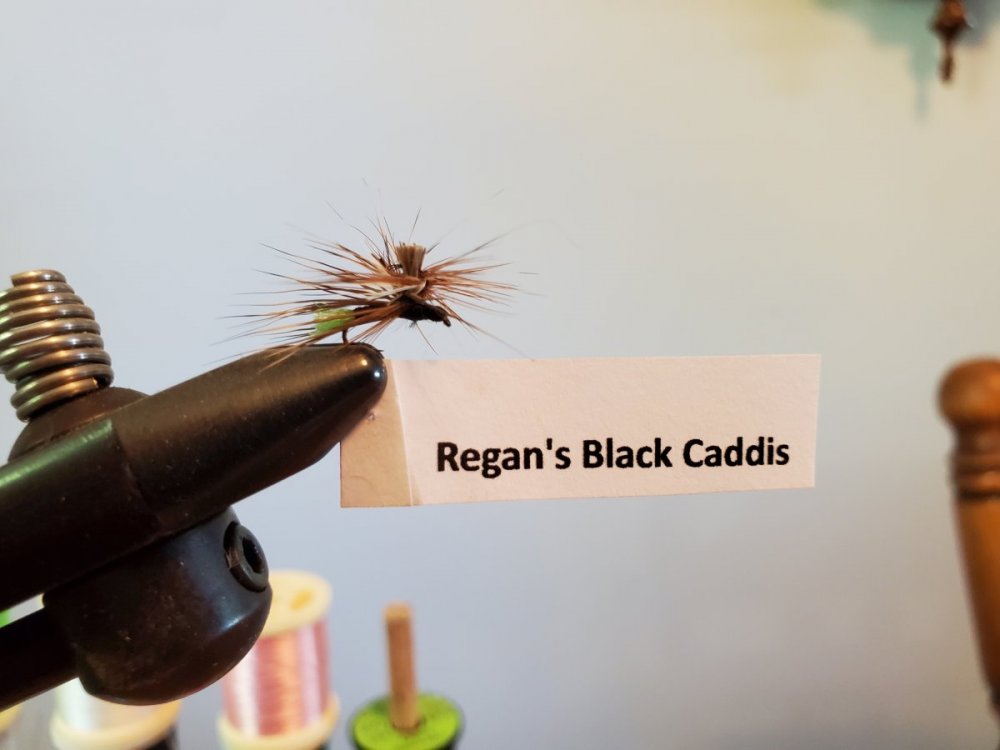WWKimba
Active member
Michigan Spinner - This Michigan pattern pre-dates 1950 and the originators name has unfortunately been lost to history but was a favorite pattern in fly shops in the 50's, 60's and 70's. Another pattern designed for the Michigan Hex hatch.

Hook - standard dry, 2-10
Thread - white
Tail - 2 PT fibers, tied long
Wing - white bucktail, tied upright and divided
Rib - light brown cotton thread
Body - cream red fox dubbing mixed with yellow wool dubbing
Hackle - grizzly and ginger, mixed
NOTE: The original rib may have used tying silk and light brown floss may also be substituted. Also, the tying thread can be black.

Hook - standard dry, 2-10
Thread - white
Tail - 2 PT fibers, tied long
Wing - white bucktail, tied upright and divided
Rib - light brown cotton thread
Body - cream red fox dubbing mixed with yellow wool dubbing
Hackle - grizzly and ginger, mixed
NOTE: The original rib may have used tying silk and light brown floss may also be substituted. Also, the tying thread can be black.













